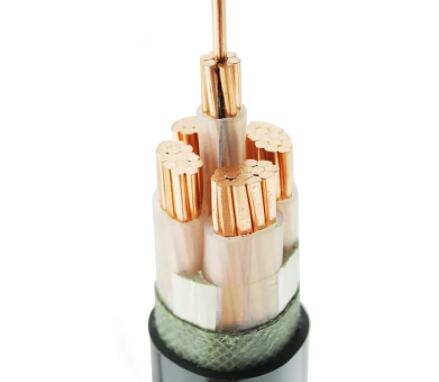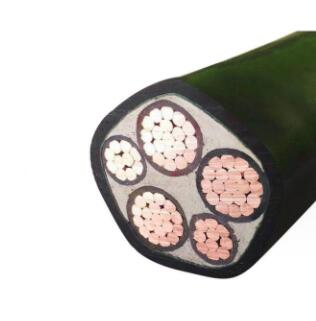Cables are essential components of power transmission and electrical equipment, and their performance and quality directly impact the stability and safety of the entire system. Among the many cable types, YJV, YJY, VV, VLV, and YJLV are the most common. This article will provide a detailed analysis of the characteristics, application scenarios, and selection guidelines of these cable types, helping you choose the most suitable cable for your needs.
1. YJV Cable
YJV cable is a cross-linked polyethylene insulated power cable widely used for high, medium, and low voltage power transmission in power systems. It offers excellent electrical, mechanical, and heat resistance properties, making it suitable for a variety of indoor and outdoor installations. YJV cable designations are based on the insulation material, conductor material, sheath material, and application, such as YJV22 and YJV33. The number indicates the cable's rated voltage.

2. YJY Cable
YJY cable is a cross-linked polyethylene insulated, polyvinyl chloride sheathed power cable suitable for medium and low voltage power transmission in power systems. Compared to YJV cables, the sheath of YJY cables offers better heat and corrosion resistance, resulting in a longer service life in harsh environments such as high temperature, high humidity, and corrosive gases. YJY cable models are similarly composed of insulation, conductor, and sheath materials, as well as their intended use, such as YJY22 and YJY33.
III. VV Cables
VV cables are PVC-insulated and sheathed power cables, primarily used for low-voltage power transmission in power systems. VV cables offer excellent electrical and mechanical properties at a relatively low price, making them widely used in low-voltage power systems such as residential and commercial buildings. VV cable models are similarly composed of insulation, conductor, and sheath materials, as well as their intended use, such as VV22 and VV32.
IV. VLV Cables
VLV cables are aluminum-core PVC-insulated and sheathed power cables, primarily used for low-voltage power transmission in power systems. Compared to VV cables, VLV cables use aluminum conductors, offering advantages such as light weight, low cost, and excellent conductivity. VLV cables are suitable for applications where weight and cost are critical, such as overhead installations and long-distance power transmission. VLV cable models are similarly defined by insulation material, conductor material, sheath material, and application, such as VLV22 and VLV32.

5. YJLV Cable
YJLV cable is a cross-linked polyethylene insulated, polyvinyl chloride sheathed, aluminum-core power cable suitable for high, medium, and low voltage transmission in power systems. Combining the excellent electrical performance of YJV cables with the lightweight and low cost of VLV cables, YJLV cables are widely used in power systems. YJLV cable models are defined by insulation material, conductor material, sheath material, and application, such as YJLV22 and YJLV32.
The above is a comprehensive analysis of cable models such as YJV, YJY, VV, VLV, and YJLV. When purchasing cables, you should consider factors such as the actual application scenario, usage requirements, and budget, and choose the appropriate cable model. At the same time, ensure that the cable's quality and safety performance meet national standards to ensure stable operation of the power system.

